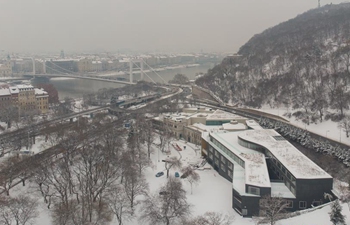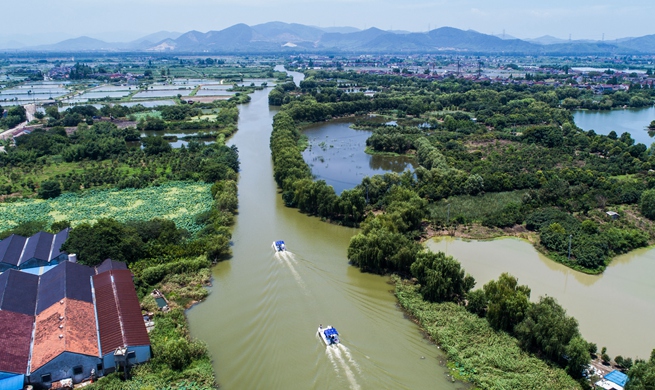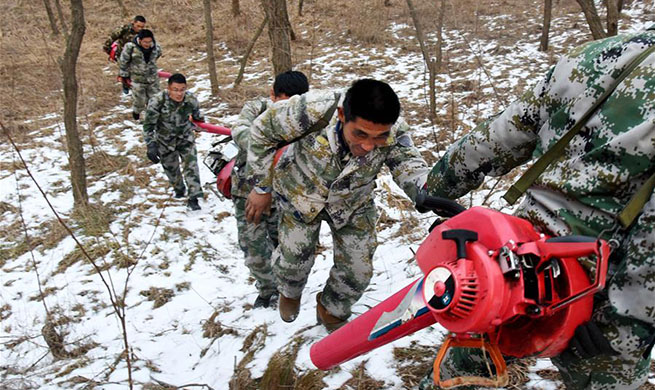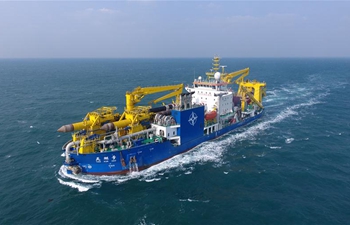WELLINGTON, Jan. 10 (Xinhua) -- New Zealand scientists are developing an emergency response plan to prepare for the rupture of the country's largest fault, or the Hikurangi subduction zone faultline.
Five Civil Defence Emergency Management groups from across the North Island are working together on the plan, using a credible magnitude 8.9 earthquake and tsunami scenario.
Natasha Goldring, who is leading the project, said on Thursday a response plan was vital in making sure people were ready and resilient for a future earthquake and tsunami event.
The Hikurangi Project is a multinational science investigation of the subduction zone beneath New Zealand's North Island, with specially designed pressure sensors in place to detect uplift or subsidence of the sea floor.
Although the project is being driven by Civil Defence groups, people still needed to make sure they understand the risks they face and take necessary steps to prepare themselves, Goldring said.
"Communities are at the center of all response planning, and we want this project to be a collaborative effort," she said, adding the launch of the Hikurangi Project is in response to research suggesting the likelihood of a rupture may be higher than initially understood.
GNS scientist Laura Wallace said the faultline poses a significant earthquake and tsunami risk to the entire east coast of New Zealand.
Subduction zone faults had been responsible for most of the world's deadliest earthquakes and tsunamis to date, with Japan's 2011 quake being the most recent example, Wallace said.













